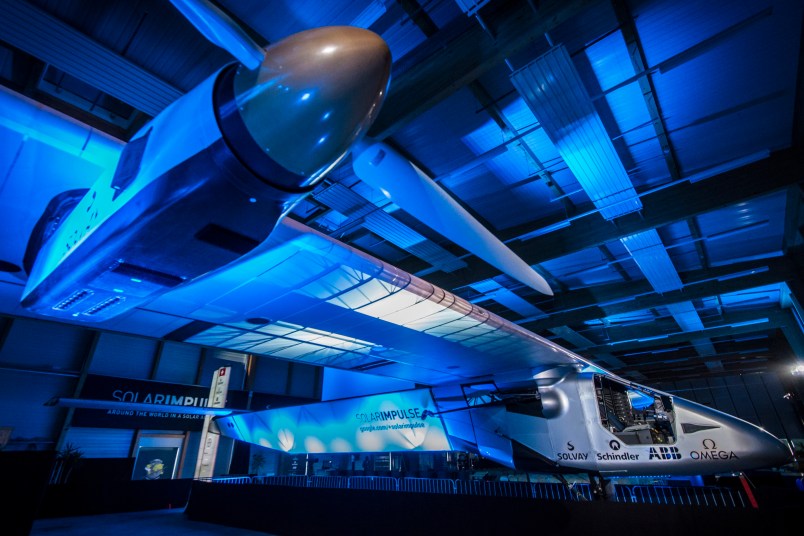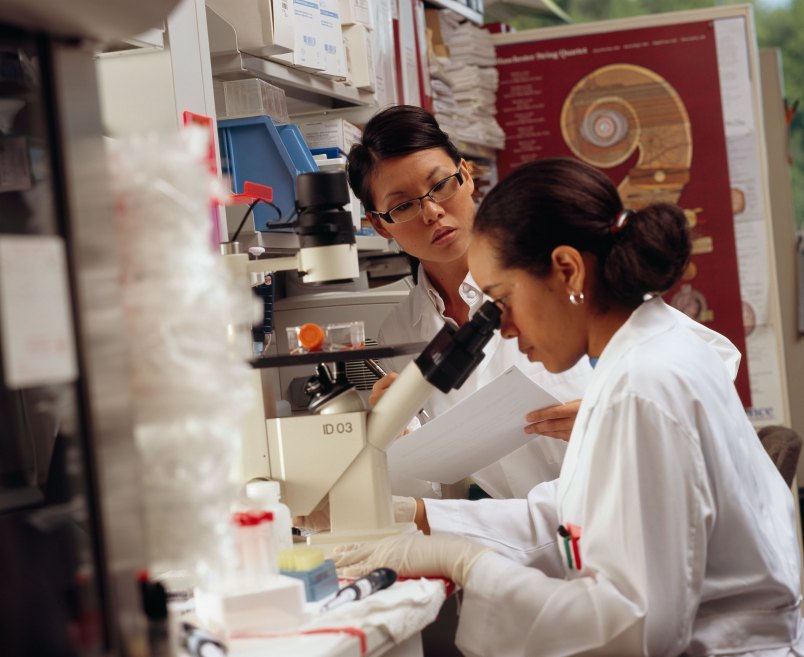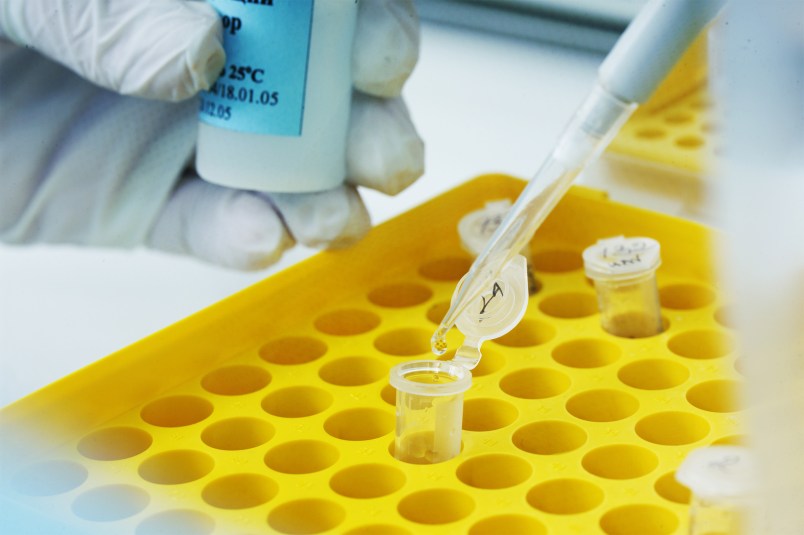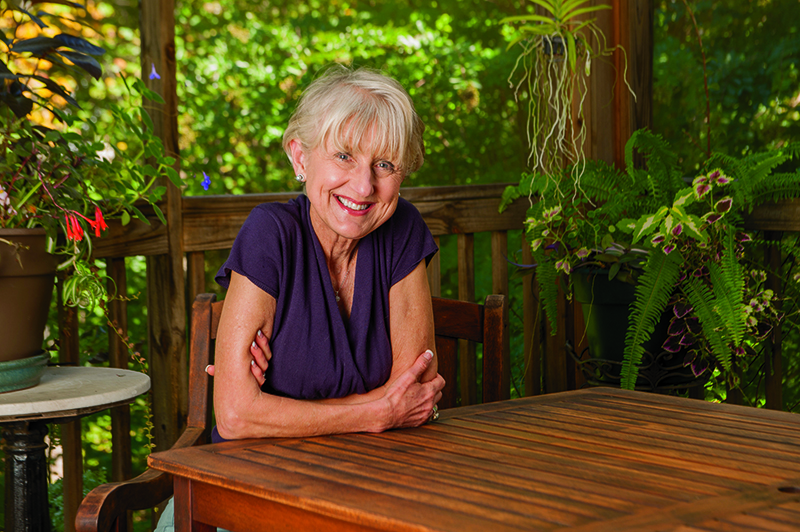PAYERNE, Switzerland (AP) — The Swiss-made airplane built for the first round-the-world solar flight has wings longer than a Boeing 747 jumbo jet yet weighs only about as much as a large car.
The Solar Impulse 2, unveiled to the world Wednesday at Switzerland’s Payerne Air Force Base, is a bigger and better version of the single-seater prototype that first took flight five years ago.
The original plane demonstrated that a solar-powered plane can fly through the night, hop from Europe to Africa and cross the width of the United States.
But its successor needs to be able to stay in the air far longer, because the pilots expect the lumbering aircraft to take at least five days and five nights to cross the Pacific and Atlantic oceans on its journey around the globe next year.
The new version can theoretically stay airborne indefinitely, according to Bertrand Piccard and Andre Borschberg, who founded the Solar Impulse project over a decade ago. Piccard and Borschberg, who will pilot the plane, admit that now they are the weakest link.
To help them, the plane has an autopilot function, a toilet, a comfortable business-class seat and enough space in the ergonomic cockpit for the pilot to lie down and either exercise a little bit, or get some rest.
“I mean, the airplane can fly a month. The question is, What can the pilot do?” Borschberg said in an Associated Press interview. “So we have a sustainable airplane in terms of energy; we need to develop a sustainable pilot now.”
American businessman and adventurer Steve Fossett completed the longest nonstop flight in aviation history in 2006, flying 26,389 miles in about 76 hours but stopping early because of mechanical problems.
Compared to its predecessor, Solar Impulse 2 has better batteries for storing energy soaked up from the sun by the roughly 17,200 solar cells that cover the massive wings, which at 72 meters (236 feet) are equal to those of the largest passenger airplanes.
The wingspan, in fact, is eight meters longer than the first prototype — longer even than the wings of a Boeing 747 — but the entire airplane still weighs only 2.3 metric tons (2.54 tons), about the same as a family vehicle. To maintain its weight budget, the materials in the updated plane are lighter than before, and it has more efficient electric motors.
That’s important, because while the journey will be broken up into several stages, the aircraft’s maximum speed of 140 kilometers per hour (87 mph) means it will have to stay in the air for several days in a row during the long transoceanic legs.
“I think we’re going to be in this cockpit being aware of the privilege it is to fly in the first and only airplane that can stay in the air forever,” Piccard told AP.
Borschberg said the trip next year would take about 20 flying days, spread over three months. The pilots said they wanted to unveil the plane now because they just finished building it and will test it during May and June.
The first plane needed perfect weather each day to recharge the battery, and it was smaller and not built to be as trouble-free.
The new plane can cross small cloud layers, and “if it’s partly cloudy during the day we can cope with that as well,” Borschberg told AP. It can’t fly in thunderstorms, but because it has no fuel restrictions the pilots can more easily wait out bad weather.
Borschberg said the pilots are training to fly long periods in a flight simulator, then resting for very short periods, using yoga, meditation, and breathing techniques. In simulations the pilots also are experimenting, he said, with flying four days and sleeping just two hours a day, split into 20-minute stages.
“It’s learning how do I feel, how do I react when I am too tired? It’s an exploration of oneself at the same time,” he said.
The solitary nature of the flight could be a problem. But adding a second seat would have meant adding too much weight to the plane because another parachute and more oxygen, water and food also would have been needed.
The purpose of the round-the-world flight is to showcase cutting-edge renewable technologies developed by some 80 companies involved in the project. The plane is so energy efficient, Piccard said, that if its various technologies were deployed elsewhere the world could halve its energy use in transportation, construction, housing, heating and cooling, and lighting.
“What we really wanted to demonstrate is how many incredible things we can make with renewable energies, with clean technologies,” he said. “Because so often we believe that clean technologies is a limit, for comfort, for mobility, for prosperity. And it’s the opposite.”
Copyright 2014 The Associated Press. All rights reserved. This material may not be published, broadcast, rewritten or redistributed.









